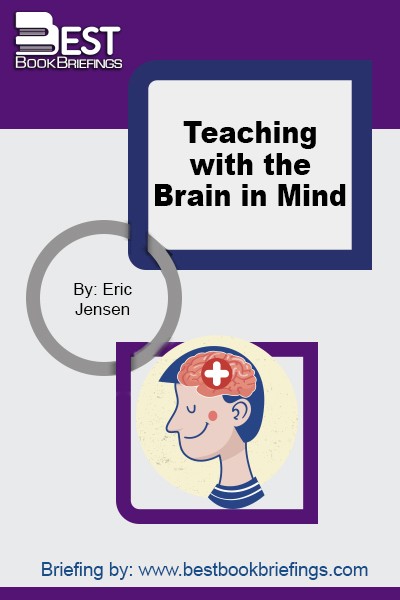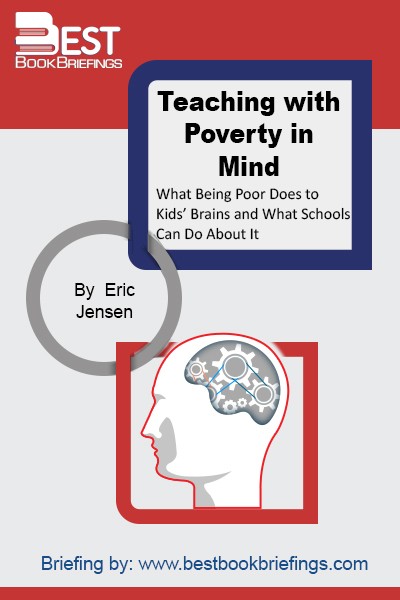Teaching with the Brain in Mind
Number of pages: 186
Publisher: ASCD: Association for Supervision & Curriculum Development
BBB Library: Education
ISBN: 9781416600305
Editorial Review
Let’s acknowledge two fundamental facts. First, students who attend school from kindergarten through secondary school typically spend more than 13,000 hours of their developing brain’s time in the presence of teachers. Second, their brains are highly susceptible to environmental influences—social, physical, cognitive, and emotional. And, more important, their brains will be altered by the experiences they have in school. As educators, we must—ethically, morally, and opportunistically pay attention to how we ask students to spend time with us. These concepts are fundamental to education, yet we often take them for granted. Despite the mourning evidence that supports brain-based learning, some critics say, “It’s no big deal; there’s nothing new” or, “We don’t know enough to do anything.” Some even say, “Nothing will change.” Same critics would have had similar things to say in 1903, when the Wright brothers flew the first airplane only 199 yards: “It’s no big deal,” “It won’t change anything.” This book presents you to new discoveries about the brain which can have revolutionary impact on the brain-based learning.
Book Reviews
Books on Related Topics
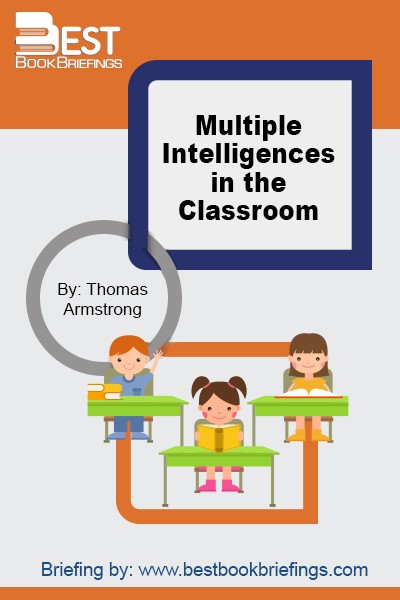
In Multiple Intelligences in the Classroom, Thomas Armstrong describes how educators can bring Howard Gardner's theory of multiple intelligences into the classroom every day. Combining clear explanations and practical advice, Multiple Intelligences in the Classroom is an excellent guide to identifying, nurturing, and supporting the unique capabilities of evey student.
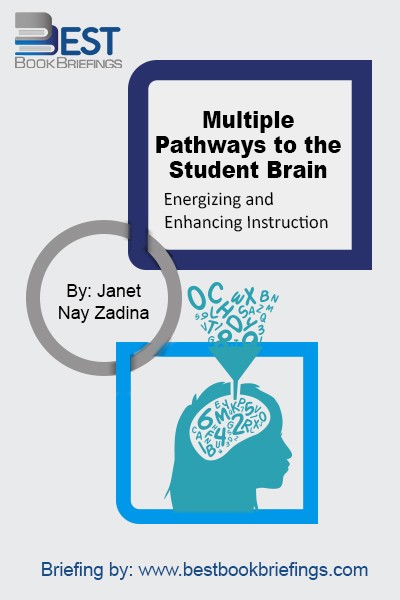
In order to orchestrate optimal learning, we must have an understanding of how the brain learns and what is required prior to the introduction of new information. The purpose of this book is to inform you about the complexity of students’ brains and, thus, the challenge and importance of teaching. Our

This book encourages a more effective role of the educators in the class through powerful strategies and techniques. The problems educators face today are about the vision and possibility that can be brought forth to make education work. These problems are, to a large degree, symptoms. Many teachers, especially new ones,
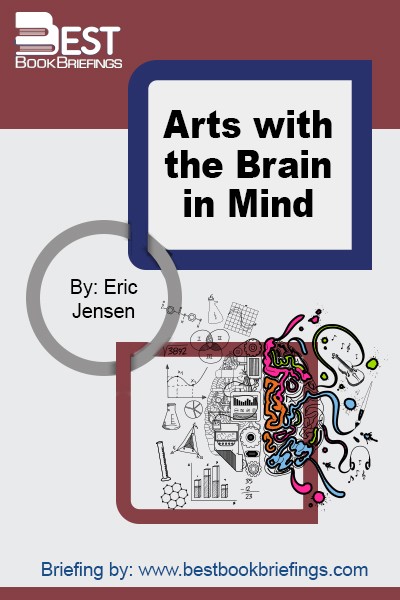
How do the arts stack up as a major discipline? What is their effect on the brain, learning, and human development? How might schools best implement and assess an arts program?? Eric Jensen answers these questions C and more C in this book. To push for higher standards of learning, many

After spending most of the day in school, children are typically given additional assignments to be completed at home. This is odd in light of the fact that widespread assumptions about the benefits of homework – higher achievement and the promotion of self-discipline and responsibility-aren’t substantiated by the available evidence. Many
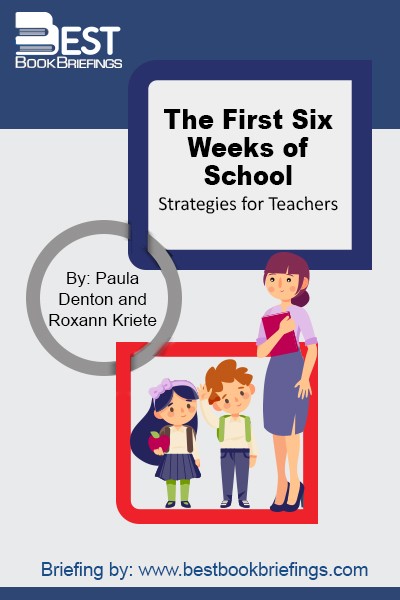
Learn how to structure the first six weeks of school to lay the groundwork for a productive year of learning. Discover how taking the time to build a solid foundation in the early weeks of school can pay off all year long in increased student motivation, cooperation, responsibility, and self-control.

Why Don’t Students Like School began as a list of nine principles that are so fundamental to the mind’s operation that they do not change as circumstances change. They are true in the classroom as they are in the laboratory and therefore can reliably be applied to classroom situations. These nine

The purpose of this book is to help you secure a good education for your child from early childhood through the eighth grade. As far as learning goes, these years are the most important. They are the time when children acquire the bricks and mortar of a solid education – the

